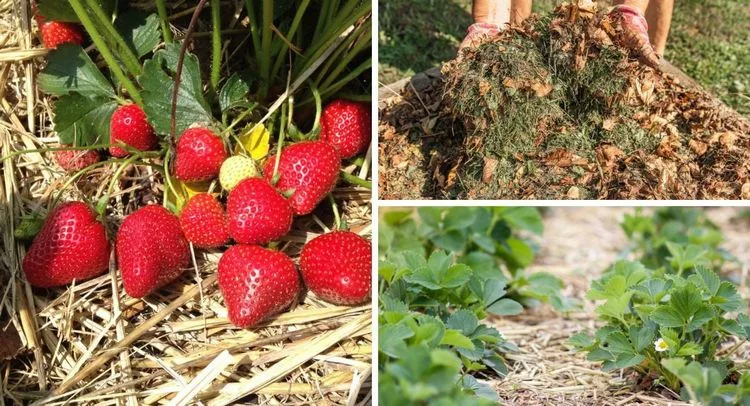Plant strawberries in September? Is that even possible? For home gardeners, it can be advantageous to plant strawberries in the fall. This is especially true for those who want to have a productive patch in their garden as soon as possible.
In some areas, cultivation is not only possible, but also has a long history of success. It is possible to grow strawberries in the fall as long as the seedlings have time to establish themselves before the first frost. Timely mulching of the new planting is important to protect the delicate roots from drought and winter damage that can occur due to repeated freezing and thawing of the soil crust.
Plant Strawberries in September: Why Does It Make Sense?
It makes a lot of sense to plant strawberries in the fall. Almost all commercial strawberry farms plant new strawberry plants only in the fall, after the previous year’s crop has been harvested. Growing strawberries is a lot more time consuming and tedious, especially if you plant them in spring (which most home gardeners do).
Planting strawberries in early fall gives them time to develop a vigorous root system before they go into hibernation. A fully established and mature plant will sprout new leaves and flower stems as temperatures rise in late winter or early spring. The roots, which are already established, draw water and nutrients from the soil to feed the growing strawberries, eliminating the need to prune the buds. That means a bountiful harvest in the first year of growth, not the second!
For fall planting, you can buy strawberry plants with developed roots. Since more cuttings survive than transplanted bare-root plants, this speeds plant establishment and reduces mortality.
Hopefully, those strawberry gardeners who have a knack for planning will see the benefits of planting in the fall. The next step is to find a nursery that offers strawberry plants for fall.
How to Plant Strawberries in September?
There is a wide range of strawberry varieties that bear fruit at different times. Some only bear fruit in the summer months, while the evergreen varieties produce a small harvest in the warmer months and a larger harvest in the cooler months. Find the right variety with the help of your local nursery.
Soil
Strawberries thrive in loamy, fertile soil with a pH between 5.5 and 6.8. They need full sunlight for 8 hours a day. If you want to enrich your soil with nutrient-rich, organic substances, compost is the way to go. Add at least 4 inches of compost to your clay soil if you want to improve it. Remove weeds and add 1 inch of compost to sandy soil to improve its quality.
Spacing
Most strawberry varieties spread by producing runners. Leave about 11 inches/30 cm between newly planted strawberries and 22-31inches/60-80 cm between rows to allow them to mature. The strawberry plant itself is a bit rampant. The runners of the seedlings will produce more runner plants. Cover the roots carefully with soil, but leave the heart of the plant (the developing bud in the center of the plant that will produce new roots and new flower buds) exposed. If you bury the heart too deeply, the plant will die.
Diseases and Crop Rotation
Strawberries are susceptible to diseases such as Verticillium wilt. That’s why it’s important to plant them in a spot where you haven’t grown other strawberry, tomato, pepper, or eggplant varieties in the past.
Watering
Since strawberries have a very shallow root system, they need a constant supply of water. Fruiting next year depends on the amount of water consumed in the fall. You should water your strawberry plants by 2 to 4 inches weekly. Do not wet the leaves, otherwise they will rot.
Prepare Your Strawberry Plants for Winter
Although strawberries are naturally cold-resistant, in some regions they need to be protected from frost.
Covering your strawberry plants with a layer of mulch can protect them during the winter months. However, the right time is important and you should not mulch until the plants are dormant. Low temperatures are associated with the dormant phase of plants. Applying mulch before the heart of the plant has fully hardened increases the chance of rot.
When daytime temperatures are consistently below 30F/-1C degrees and the top inch of soil is frozen, your strawberry plants are ready for mulching. When the time is right, spread an 3-5inches/8-13 cm layer of loose mulch, such as straw, wood chips or bark mulch, over your strawberry plants. This will keep the plants warm and cozy all winter long!
When new growth begins in the spring, it’s time to remove the mulch and think of all the delicious things you can do with strawberries.
Your first strawberry harvest will be much better, both in quality and quantity if you plan ahead and plant early. Instead of waiting until spring, consider buying strawberry plants in the fall and planting them then!
Also read: Why Strawberries Do Not Ripen? 4 Common Problems + Tips to Speed up Ripening








